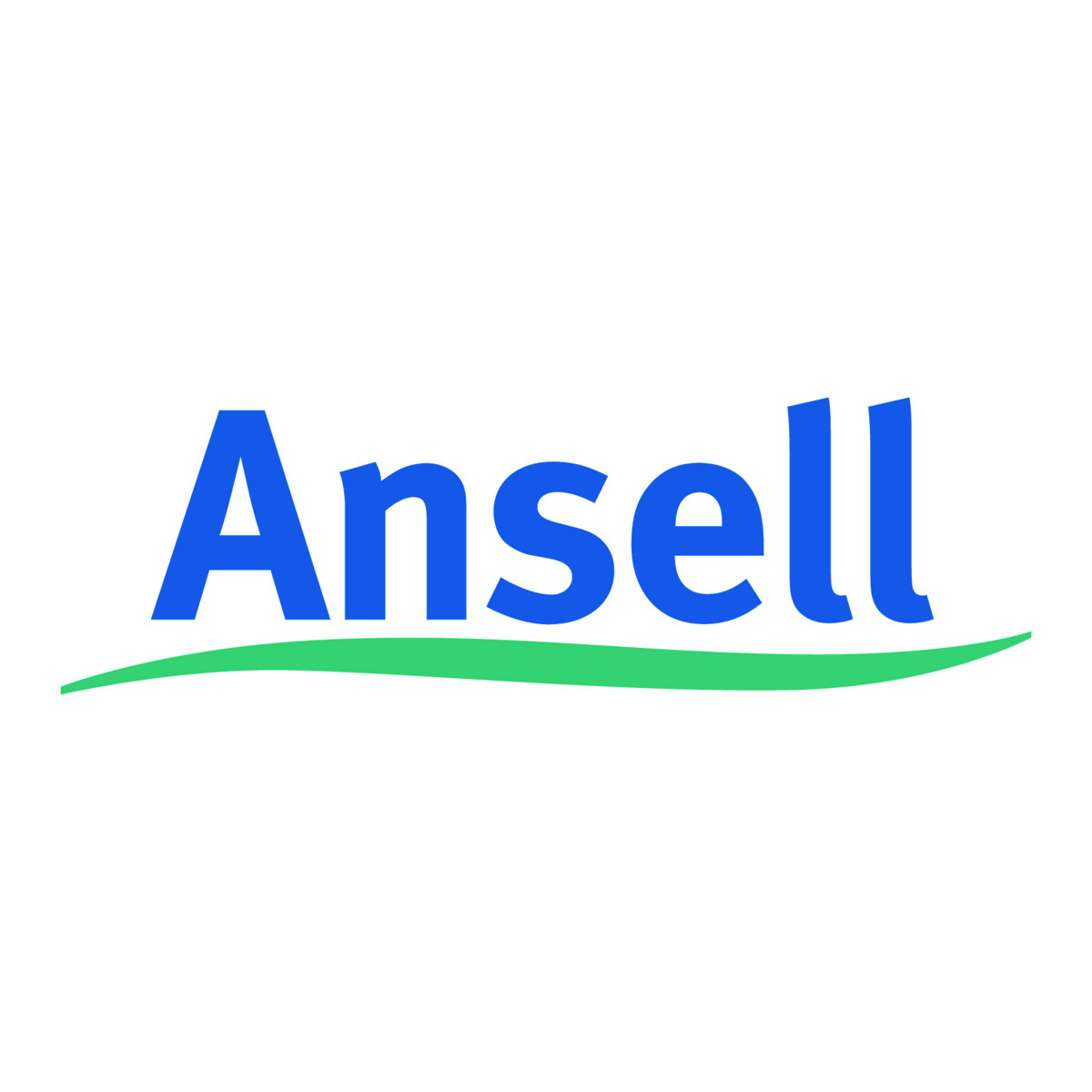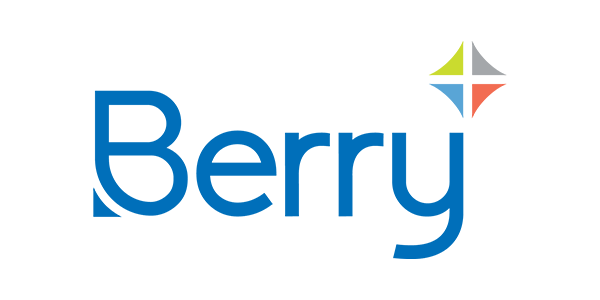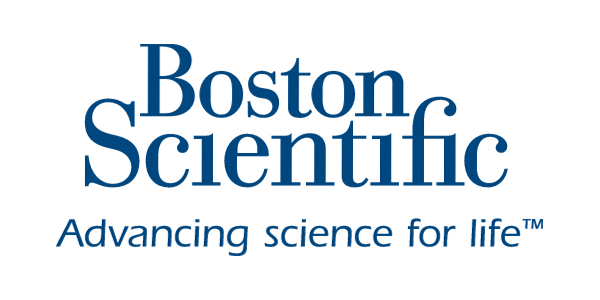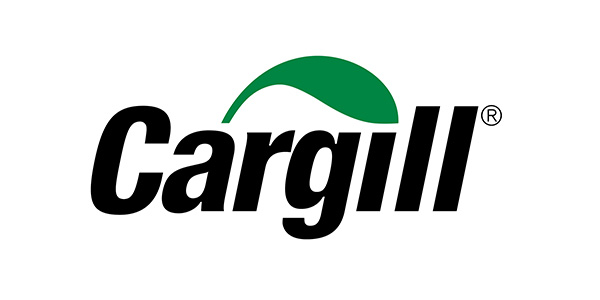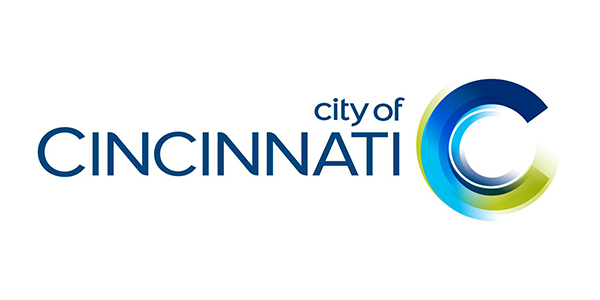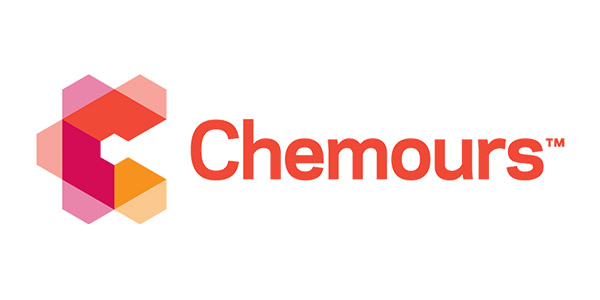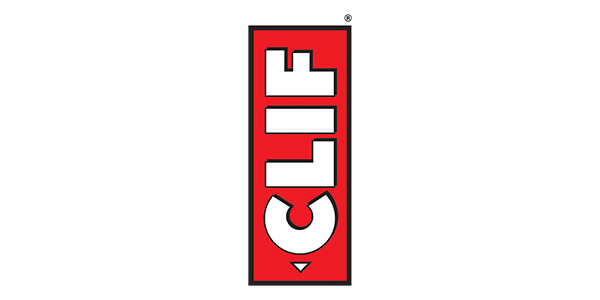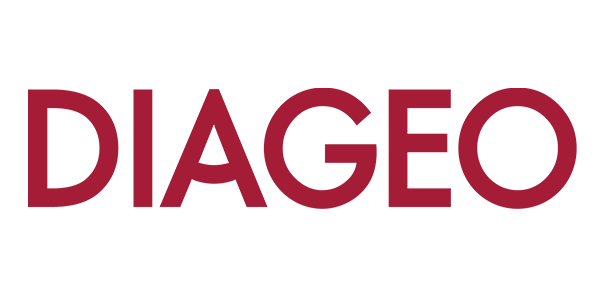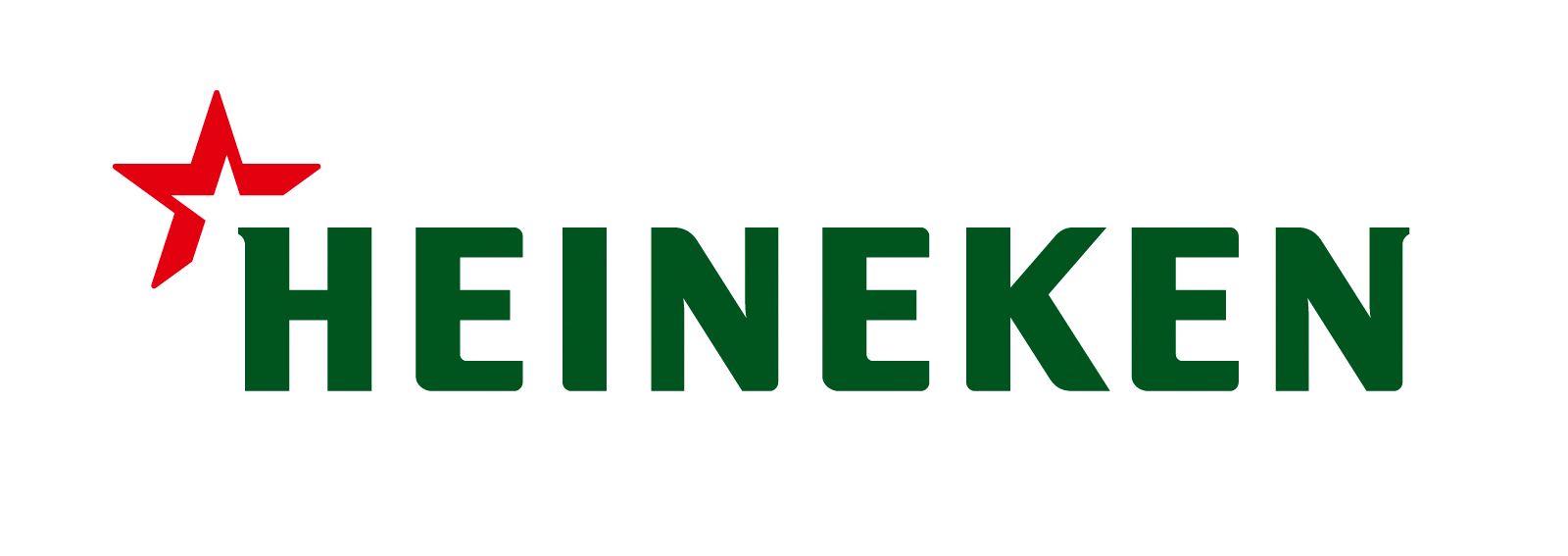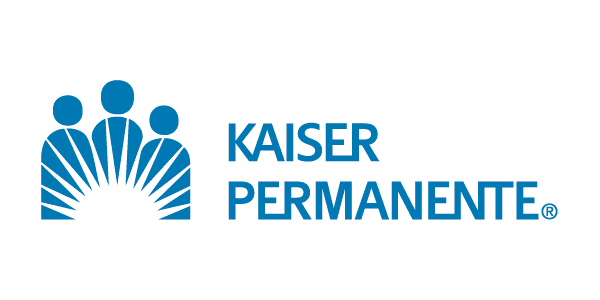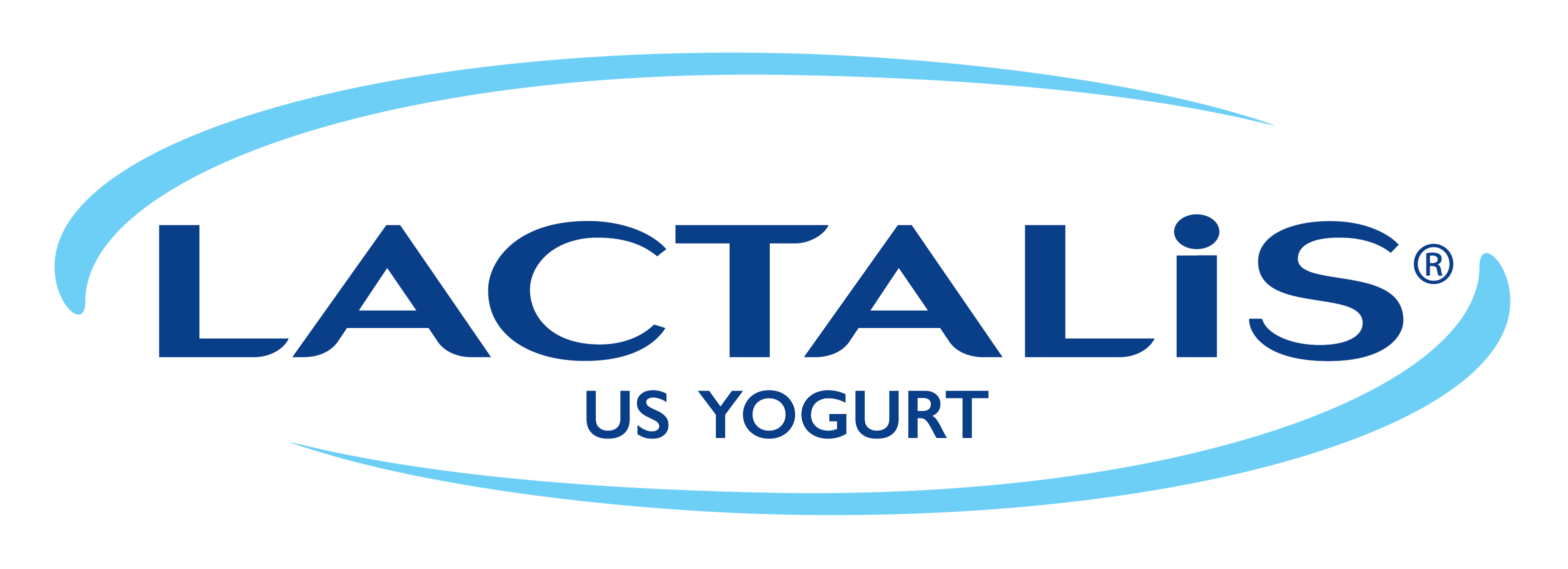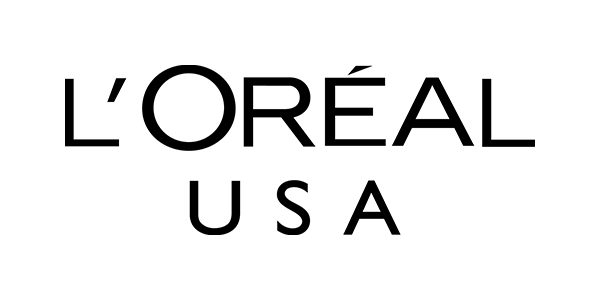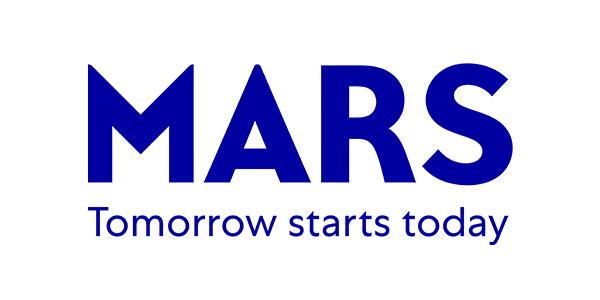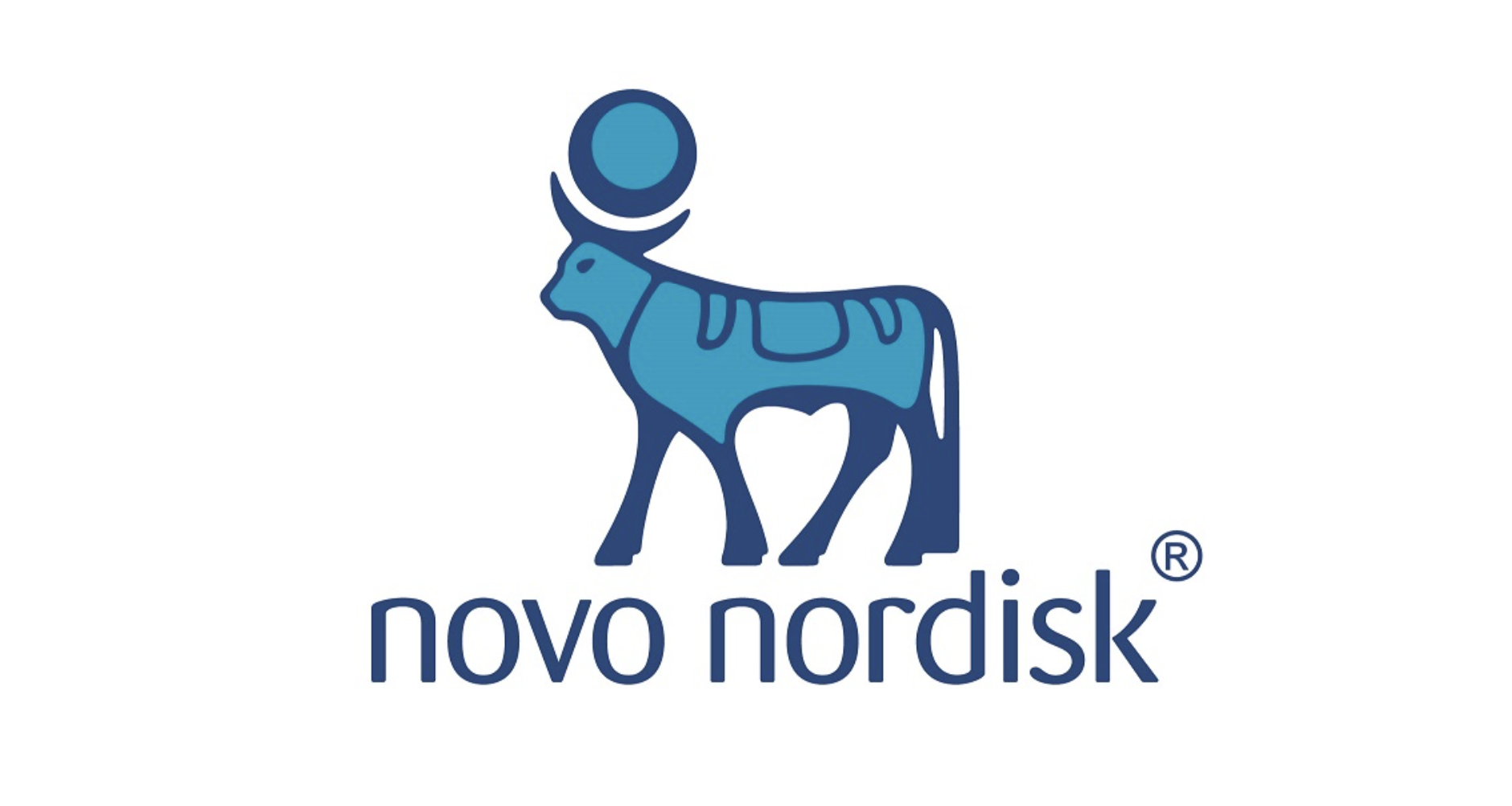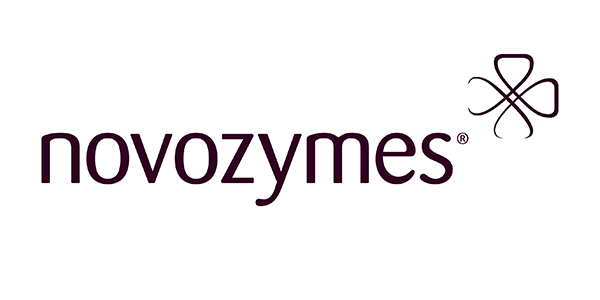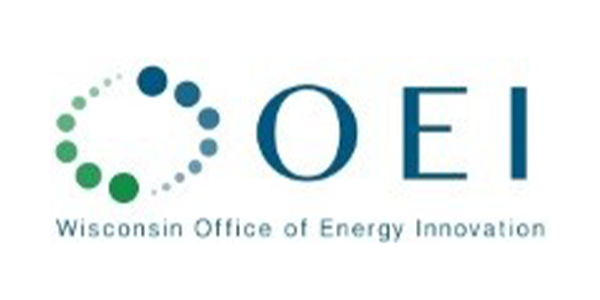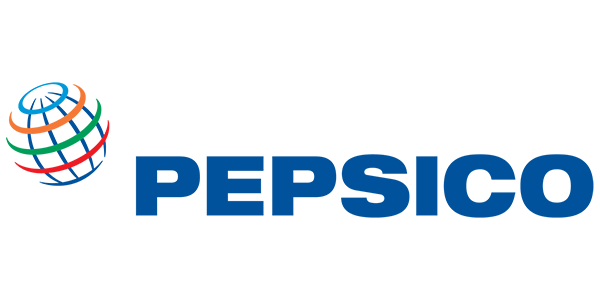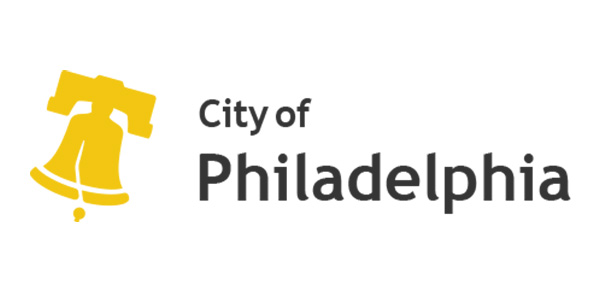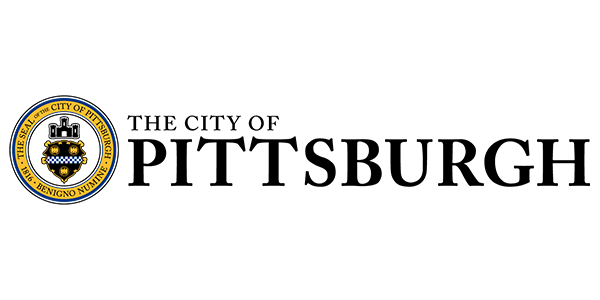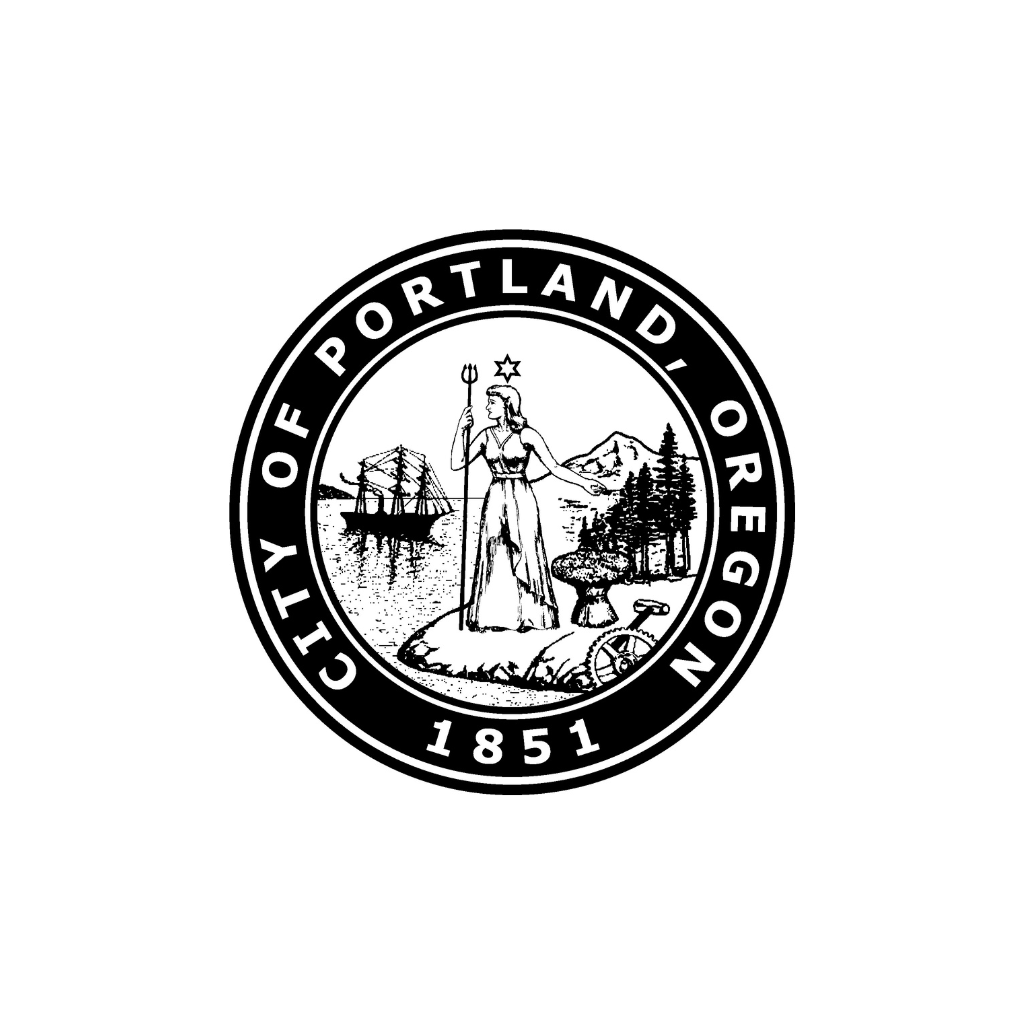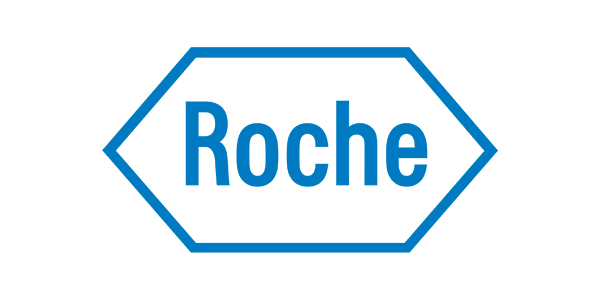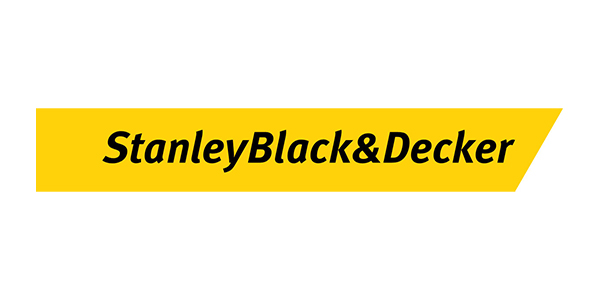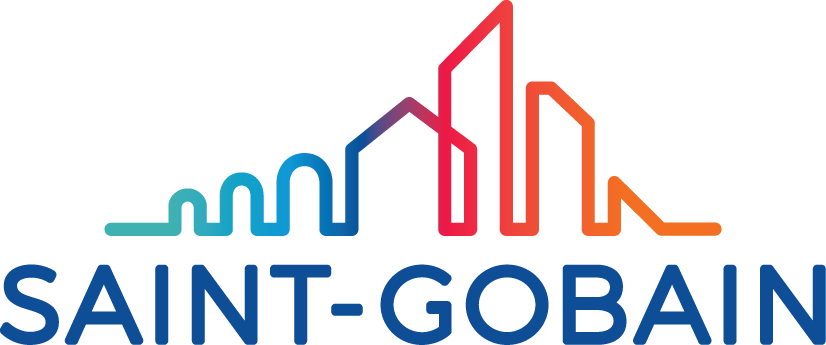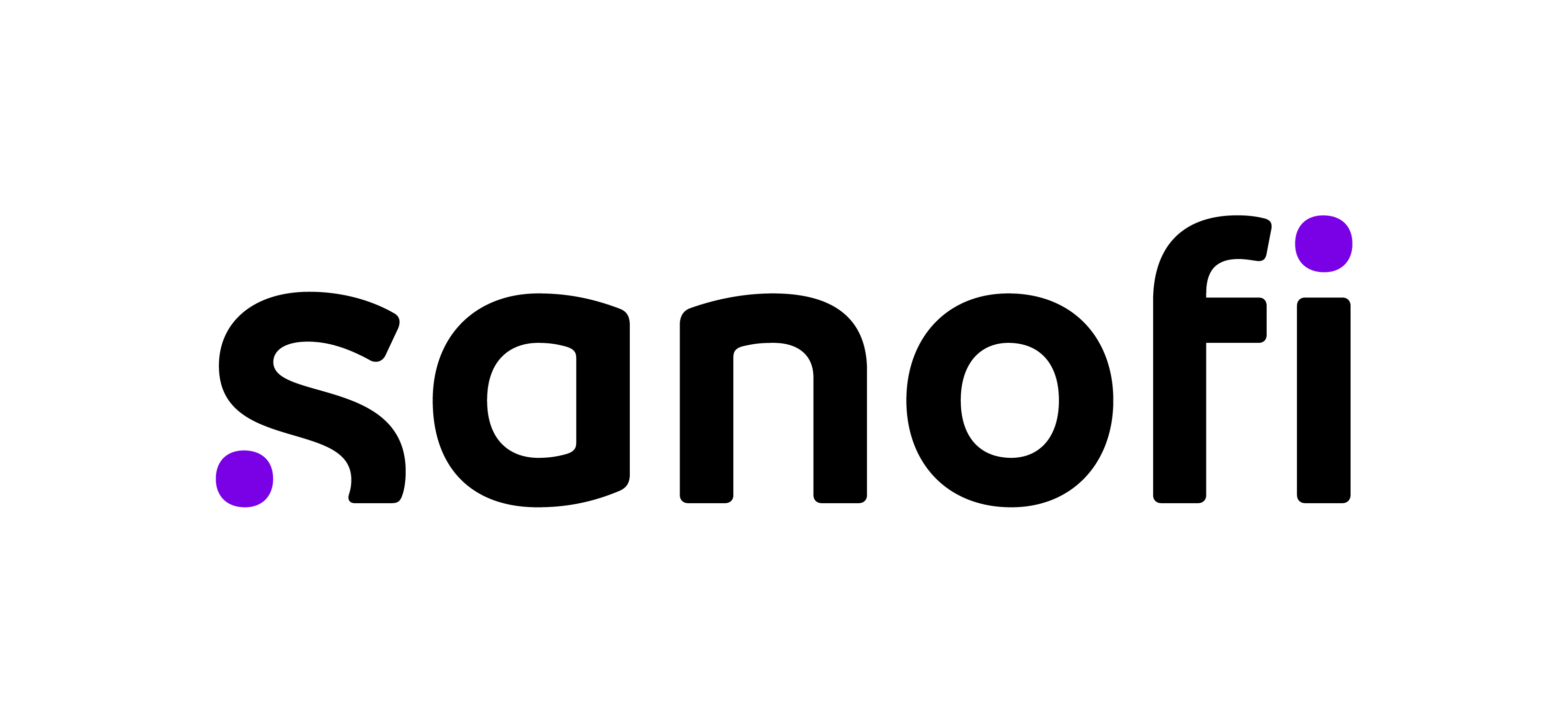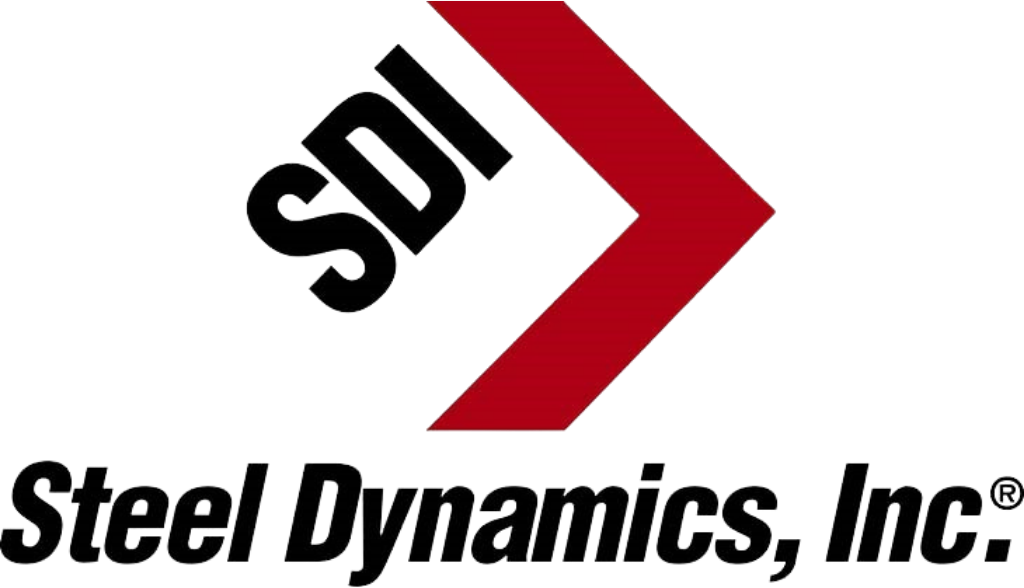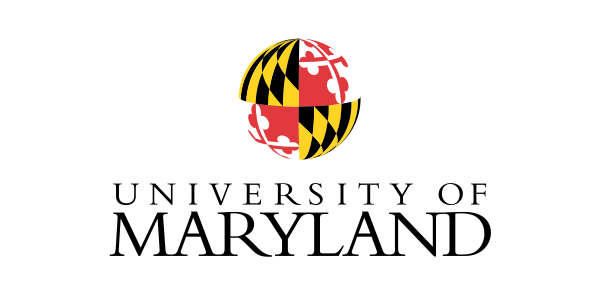SIGNATORIES
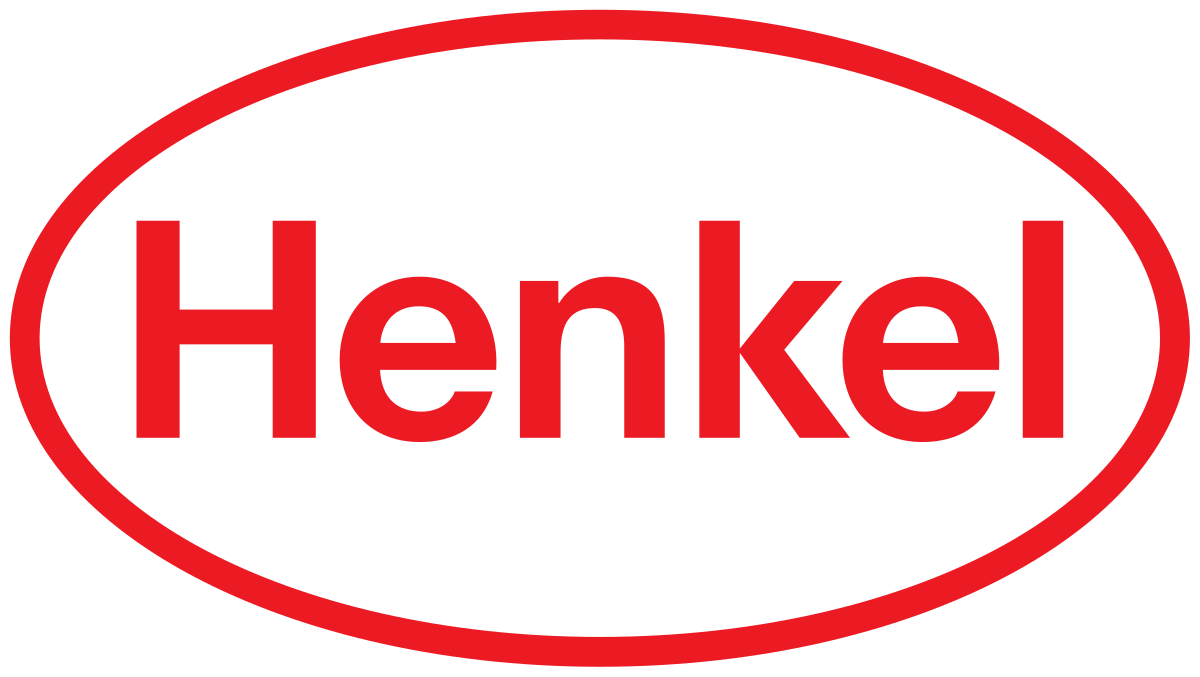
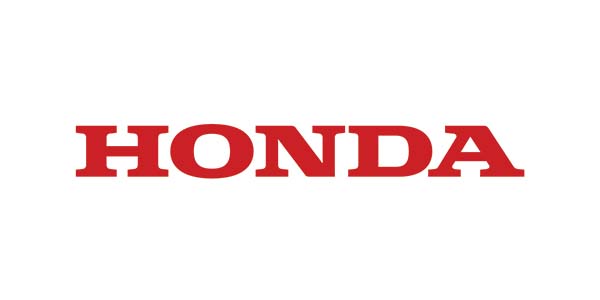


The Renewable Thermal Energy Buyers’ Statement
Companies, localities, and institutions across the global economy are setting aggressive goals to accelerate renewable energy use and reduce greenhouse gas (GHG) emissions in their operations and supply chains. They are doing so for economic and business reasons—saving money, driving technology innovation, creating new jobs, reducing supply chain risk and solving the challenge of climate change.
For our organizations and thousands more, thermal energy—process heat used in manufacturing, and the heating and cooling of buildings—is a significant part of our Scope One (or onsite) GHG footprint. Globally, industrial heat makes up two-thirds of industrial energy demand and almost one-fifth of total energy consumption. In the United States, manufacturing accounts for one-third of the nation’s total energy use (including electricity and thermal energy).
As large thermal energy users with significant GHG reduction commitments, we need easier access to cost-effective, responsibly-sourced, renewable and lower-carbon thermal energy solutions, including solar, bio-based energy, landfill biogas, hydrogen and more. Today, however, we face many challenges that prevent wide-scale adoption of these thermal solutions.
We’ve seen the progress in the renewable electricity market where large electricity users shared their needs and collaborated with project developers, competitive suppliers, utilities, financiers, regulators, non-governmental organizations, and others to create scalable solutions. We believe that the renewable thermal market will benefit from a similar multi-stakeholder collaboration to speed the development and deployment cost-effective solutions.
That is why we, the undersigned industrial, commercial, and institutional energy users, have identified six non-ranked priority areas of engagement that will expand and accelerate the renewable thermal energy market for everyone. We invite suppliers, project developers, technology developers, financiers, policymakers, utilities, and regulators to join with us in these efforts. We believe that a mature renewable thermal energy market will create new jobs, drive technology innovation, and reduce GHG emissions.

1. ACCELERATE COST-EFFECTIVE RENEWABLE THERMAL TECHNOLOGIES
Renewable thermal solutions are increasingly cost-effective, but still too often cost more than traditional fossil-fueled solutions. However, we are optimistic about what is possible in the thermal energy marketplace based on our experience with renewable electricity where steady technology innovation and improvement has made renewable electricity cost-effective and the preferred choice in many markets. Renewable thermal energy will benefit from a similar approach to develop new technologies and deploy market-ready ones. This may include development of new technologies, innovation and efficiency improvements in existing technologies, and research and deployment support from national governments. Governments and suppliers can also help to reduce soft costs associated with renewable thermal deployments, such as project permitting, contracting, and more.

2. CREATE MARKET APPROACHES AND INSTRUMENTS
We have choices in how we power our thermal operations. We want to invest in solutions that will meaningfully reduce GHG emissions, track our progress and report publicly our accomplishments. Today that is nearly impossible because we lack a standardized approach to GHG accounting and analysis for thermal energy technologies. This market gap, most notably for some biomass-based approaches to thermal energy, is slowing progress and may lead purchasers of renewable biomass solutions to investments that are no better, or possibly worse, for the climate than traditional fossil fuel powered thermal energy.
The renewable thermal market would benefit from the creation of a standardized approach to GHG accounting for thermal solutions and useful guidance until that standardized approach is in place.
The market may also benefit from the creation of instruments that allow the effective tracking and trading of renewable or lower carbon thermal energy and the associated environmental benefits. A thermal instrument analogous to a Renewable Energy Certificate (REC) in the electricity markets may allow energy users to better identify, capture, and track environmental performance, and may help enable innovative policy and financing approaches that help expand renewable thermal opportunities.
Policy support for renewable thermal energy can be critical. More than 120 countries have introduced policies to promote renewable electricity, whereas only around 40 countries have specific policies for renewable heat. In the United States, 12 states and the District of Columbia have renewable thermal-specific elements within their Renewable Portfolio Standards. We recommend that local, state, and federal governments adopt and expand policies and incentives that help accelerate renewable thermal market activity.

3. INCREASE MARKET TRANSPARENCY
As thermal energy users, we have had a hard time finding and assessing the availability and sustainability of renewable and lower carbon thermal energy supplies and opportunities near our facilities. The suitability of technologies and feedstocks varies geographically, and we are unaware of any integrated resources that tell us about the specific availability of thermal energy supplies in a given region. Whether for the existence of biomass feedstocks, landfill biogas projects, or other opportunities, companies and institutions need to be able to understand what resources are available to serve their facilities. We also need accurate assurances of long-term renewable thermal supply feedstocks to meet any purchases we may make.
This is an opportunity for the renewable and lower carbon thermal supply industries, gas utilities, and government agencies with resource data to create and publish market-enabling tools.
The large demand for renewable and lower carbon thermal energy is an opportunity for suppliers who want to serve that aggregate demand. However, today, suppliers and developers have no easy way assess the potential aggregated demand. We are willing to work with suppliers and with other thermal energy users to make more data public that could allow suppliers to design and provide scaled renewable thermal solutions.

4. STANDARDIZE RENEWABLE THERMAL ENERGY PRODUCTS
Traditionally, energy suppliers—utilities, competitive suppliers, and others—have offered customers menus of standard energy products. To date, renewable thermal solutions have been highly-customized and opportunity-specific.
We are asking utilities, utility regulators, project and technology developers, and other suppliers to develop standardized, replicable on- and off-site renewable and lower carbon thermal solutions, products, and programs that meet the financial and environmental requirements of industrial, commercial, and institutional buyers. Those that do will find a ready market.

5. CREATE INNOVATIVE FINANCING AND PROJECT STRUCTURES
In the renewable electricity market, the development of the bilateral power purchase agreement (PPA) and the Virtual PPA have allowed corporate, municipal, and institutional energy users to dramatically increase their renewable electricity purchases. PPAs enable partnerships between developers, suppliers, and customers, and can reduce energy-, price-, and volatility-risk for buyers. Renewable electricity markets are rapidly developing effective multi-buyer aggregation models as well. Renewable thermal project developers and suppliers should develop similar models and approaches for the renewable thermal markets, making it easier for us and many others to participate in the renewable thermal market cost-effectively and efficiently.
This may include innovative structures that address market disaggregation and support collaborative project approaches (e.g. industrial park or anchor-tenant solutions), or overcome split incentives for building owners and the tenants that pay energy bills.

6. EXPAND COLLABORATION AMONG MARKET STAKEHOLDERS
Scaling the deployment of renewable thermal energy solutions and creating lasting solutions like described above will require all of us—technology developers, product manufacturers, policymakers, end users, project developers, utilities, and more—to work together. We created the Renewable Thermal Collaborative as a place that could encourage and facilitate dialogue across the key players needed to craft market solutions.
We invite thermal energy users, developers, suppliers, utilities, and technology innovators, and others to join the RTC and participate in working groups to develop widely-available renewable and lower carbon thermal solutions.



